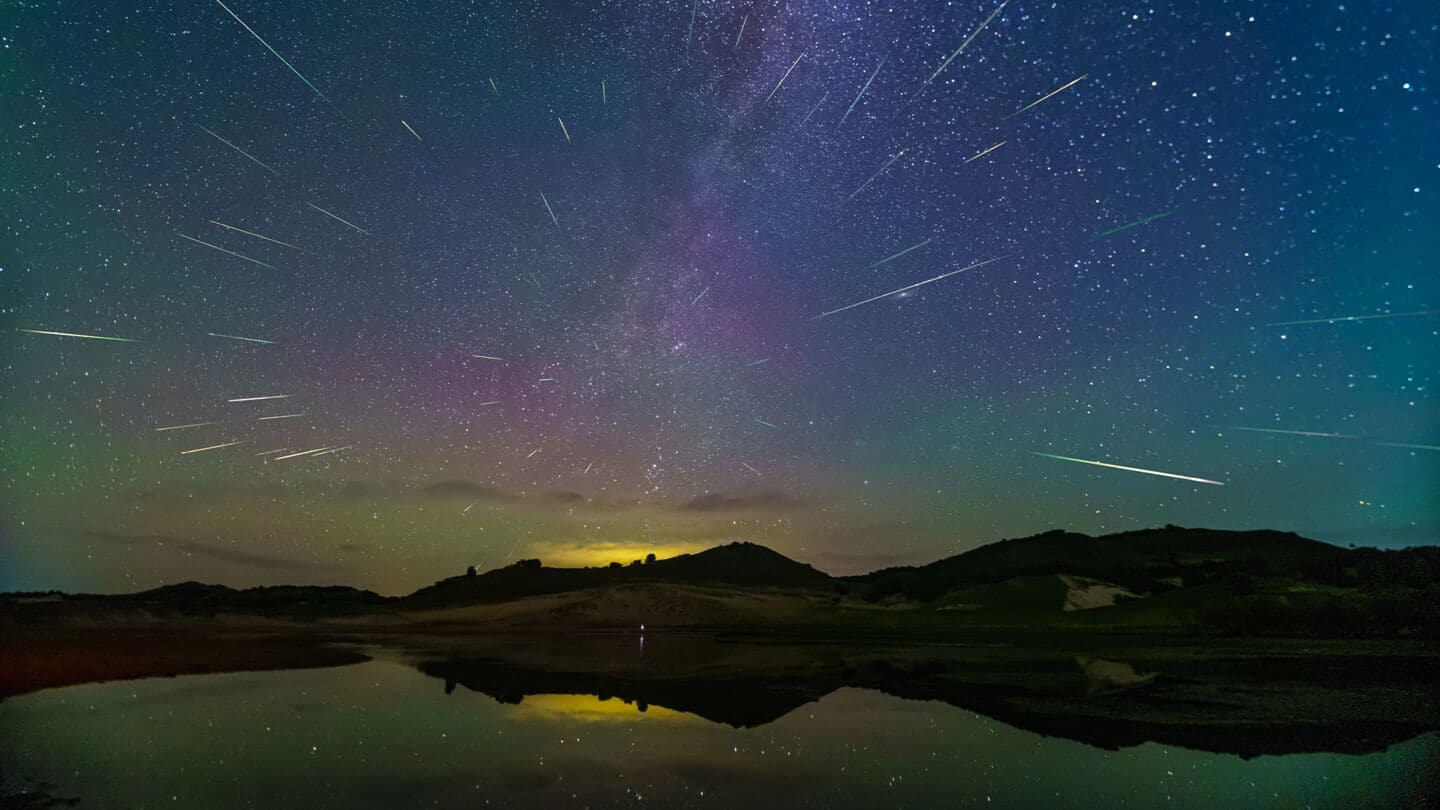
From Black Moon to meteor shower: Stargazing guide for August
What's the story
As the Northern Hemisphere transitions from July's brightness to longer nights, August brings a host of celestial events for stargazers. The Southern Hemisphere also gets ideal stargazing conditions with its extended night hours. From meteor showers and planetary alignments to a rare lunar event, both hemispheres will witness an array of astronomical phenomena this month.
Full moon
August's full moon will occur on August 9
The full moon in August 2025, also known as the Sturgeon Moon, will occur on August 9. Specifically, it will be a full moon overnight on August 8-9. This name comes from the Indigenous tribes and early North American settlers who observed that the large freshwater sturgeon fish were most abundant in the Great Lakes region and other major bodies of water during this time of year.
Meteor shower
Perseid meteor shower peaks on August 12-13
The Perseid meteor shower, one of the most popular celestial events, will peak between August 12 and 13. During this time, stargazers can expect to see around 60 to 100 meteors per hour. These shooting stars will appear to originate from the constellation Perseus. Although the full moon may hinder visibility, brighter meteors should still be visible during this period. The shower is active from July 17 to August 24.
Planetary conjunction
Venus, Jupiter will align on August 12
On August 12, Venus and Jupiter will come together in a close alignment. The two brightest planets will be less than a degree apart, making this conjunction easily visible after sunset. The event promises to be a visual treat for astronomy enthusiasts. Mercury will also reach its greatest elongation west on August 19, making it easier to spot just before sunrise.
Lunar events
Crescent moon and Mercury will appear together on August 21
On August 21, the crescent moon will be seen near Mercury in the early morning sky. This pairing should be visible to the naked eye. On August 23, the Moon enters its new moon phase and this one is special. It qualifies as a Seasonal Black Moon, the rare third new moon in a season that has four. Occurring roughly once every 33 months, this lunar event is completely invisible from Earth, as the Moon's sunlit side faces away.